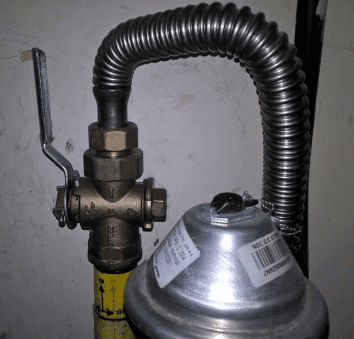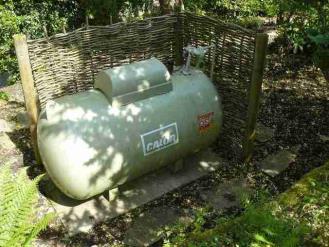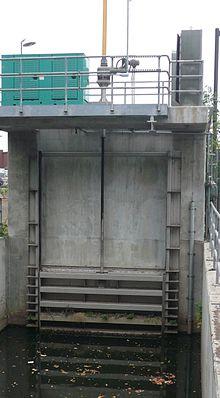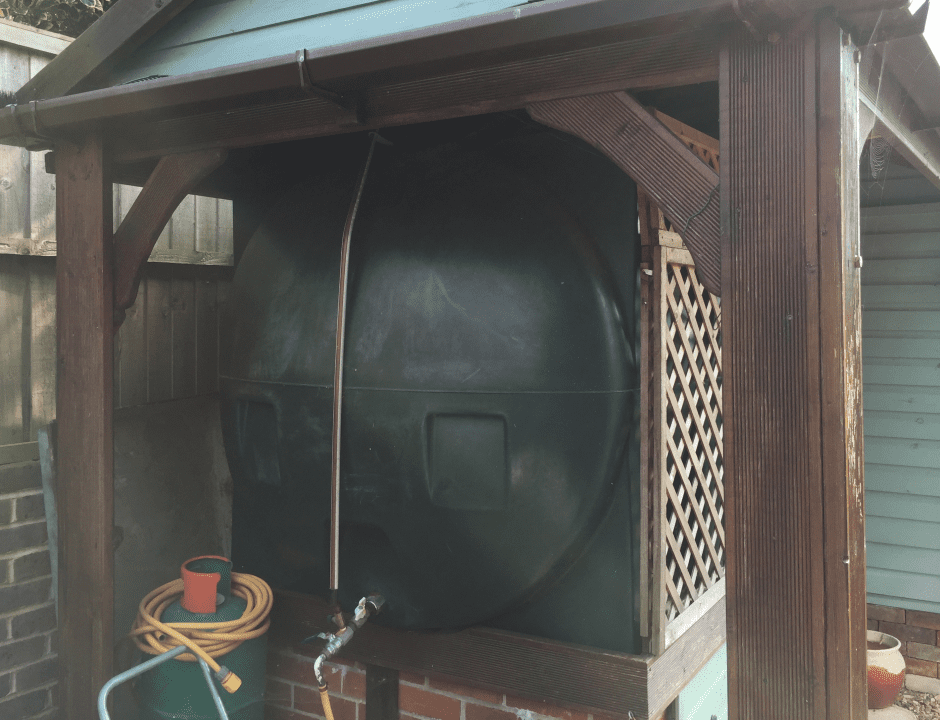This level of isolation can usually be carried out by responding fire and rescue service personnel, but assistance from the utility company may be required if supplies need to be isolated in the street.
Gas supplies
Gas supplies into small premises will be controlled by a clockwise quarter-turn on a gas supply pipe, which will be located on the supply side of the meter.
In commercial kitchens, there may be an emergency isolator, located near the kitchen exit..

Liquefied petroleum gas (LPG)
Where no mains gas is available, small gas tanks can be provided above or below ground level; the supply line to the premises will be fitted with an isolation control facility, as above. LPG in smaller cylinders can also be used; these are isolated by a control valve on top of each cylinder.

Electricity supplies
For more information on the safe management of electricity supplies, refer to the hazard – Electricity and the supplementary information for domestic supply.
Water supplies
Stopcocks in the property, or control valves in the street, can isolate a water main for domestic or commercial premises.
Fire and rescue service personnel can usually isolate water supplies but may need to request assistance from the water supplier.
Sewerage systems
Fire and rescue service personnel may need to enter sewerage systems to deal with operational incidents.
‘Sewer’ is a generic term for pipework, usually subsurface, that carries foul water, i.e. domestic, industrial and other waste. The size of sewers can range from a small, household 150mm pipe to a tunnel large enough for a person to stand in.
Many sewers also carry surface water from roads; more recently a twin-pipe system has been used to ensure sewerage works are not overloaded during periods of heavy rain.
Normally, sewerage systems cannot be isolated as they are open vented and gravity fed systems; supply cannot therefore be easily diverted or shut down. However, there may be sluice gates that can be closed to assist with controlling or altering sewage flows.
Sluice gates are physical barriers that are usually operated automatically by fluid pressure or controlled remotely for flood control to prevent backwash. They are intended to direct or divert flow, usually at tunnel intersections, and will be under the direct control of the sewage or wastewater undertaker.

Fuel oil
Domestic and commercial premises may use fuel oil for boiler systems and heating. These fuel storage facilities will have an isolating control valve between the tank and the premises.

